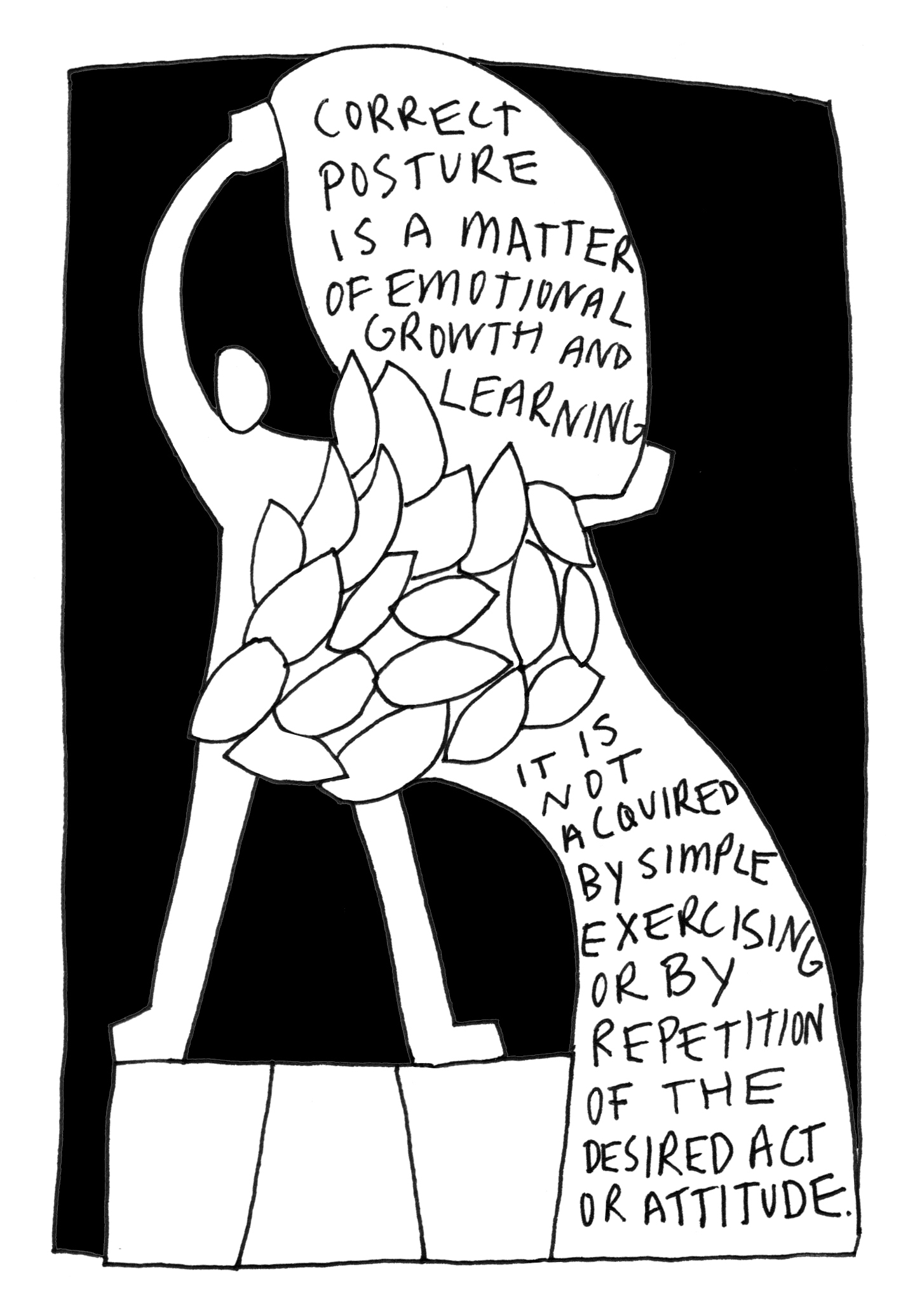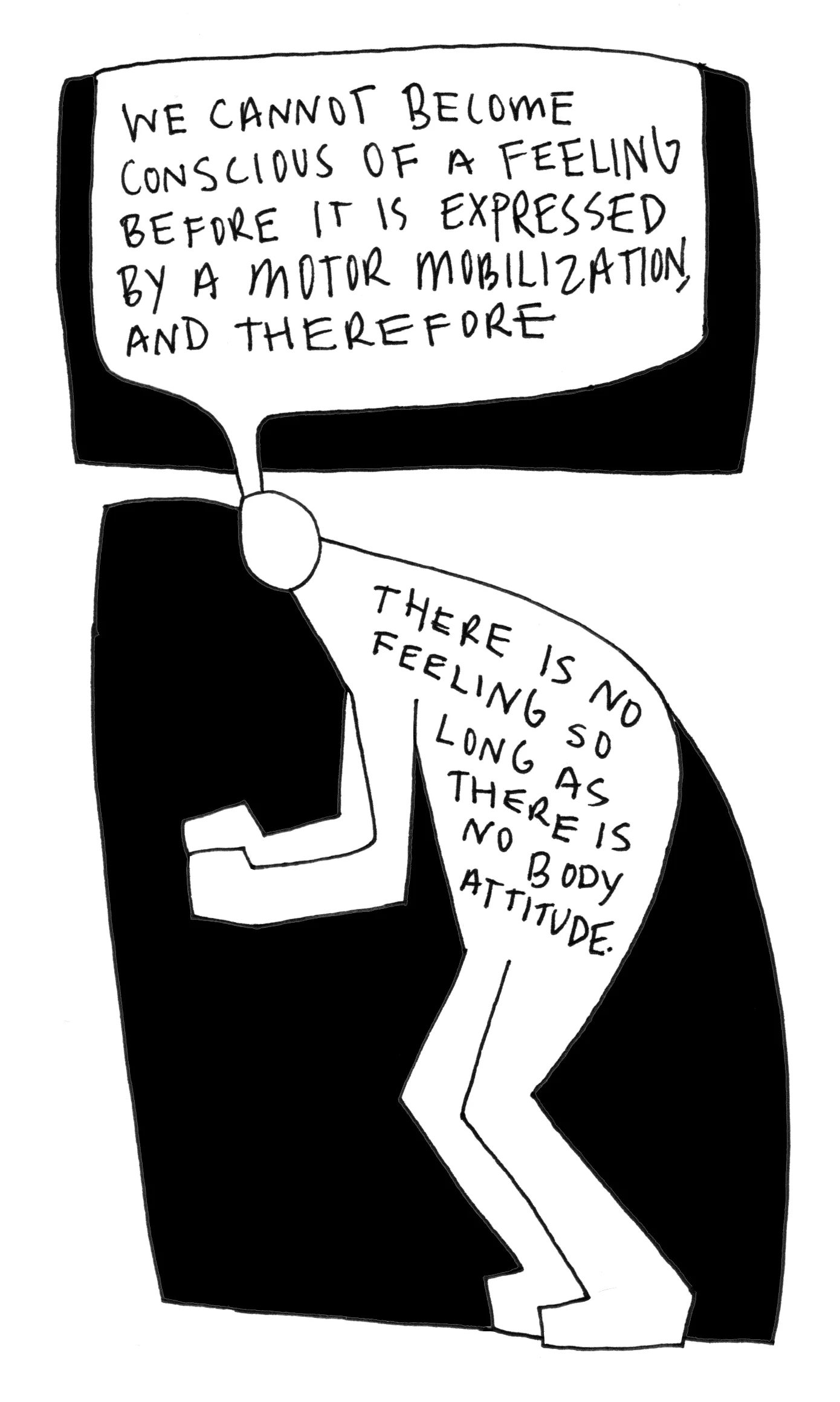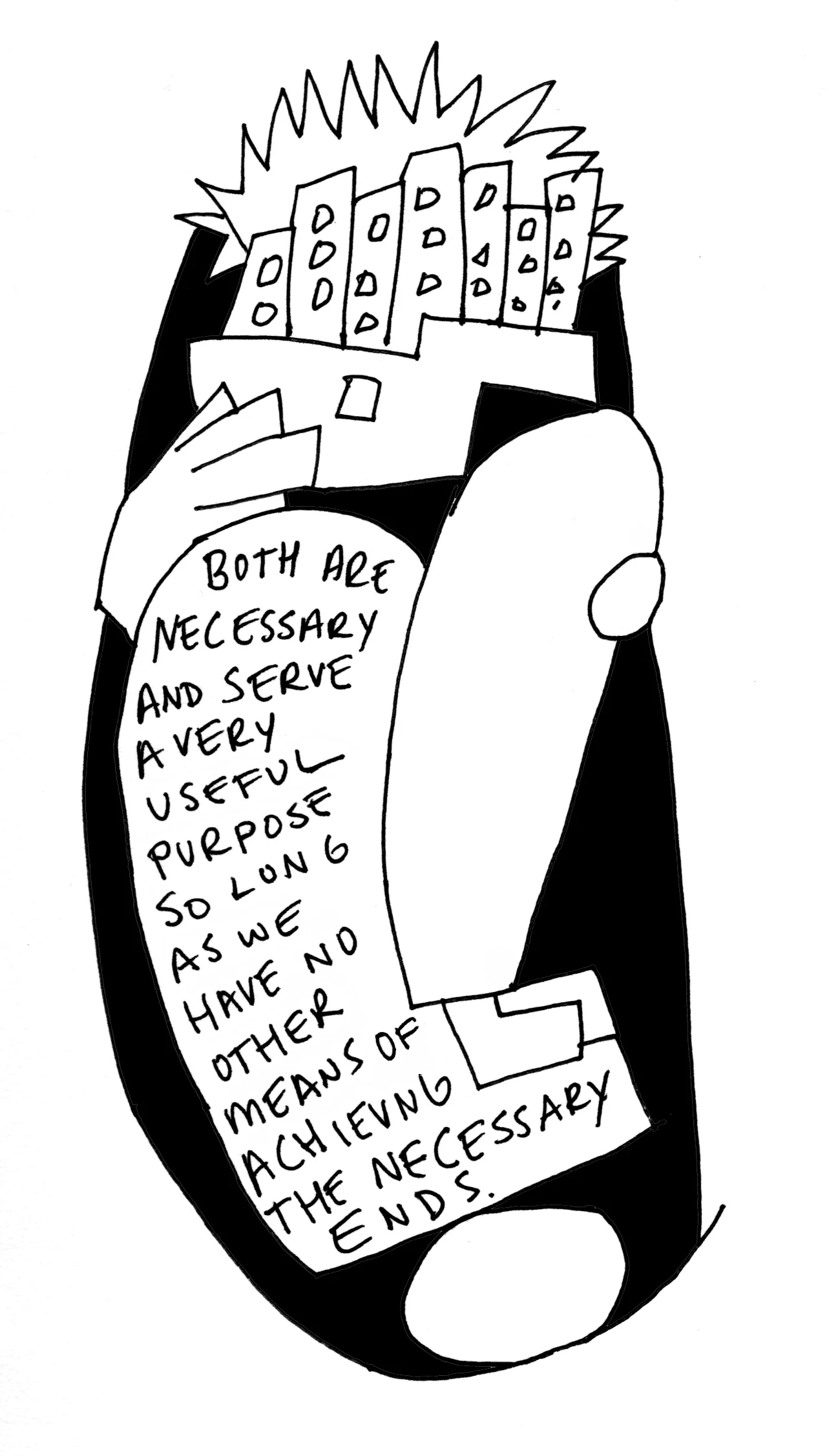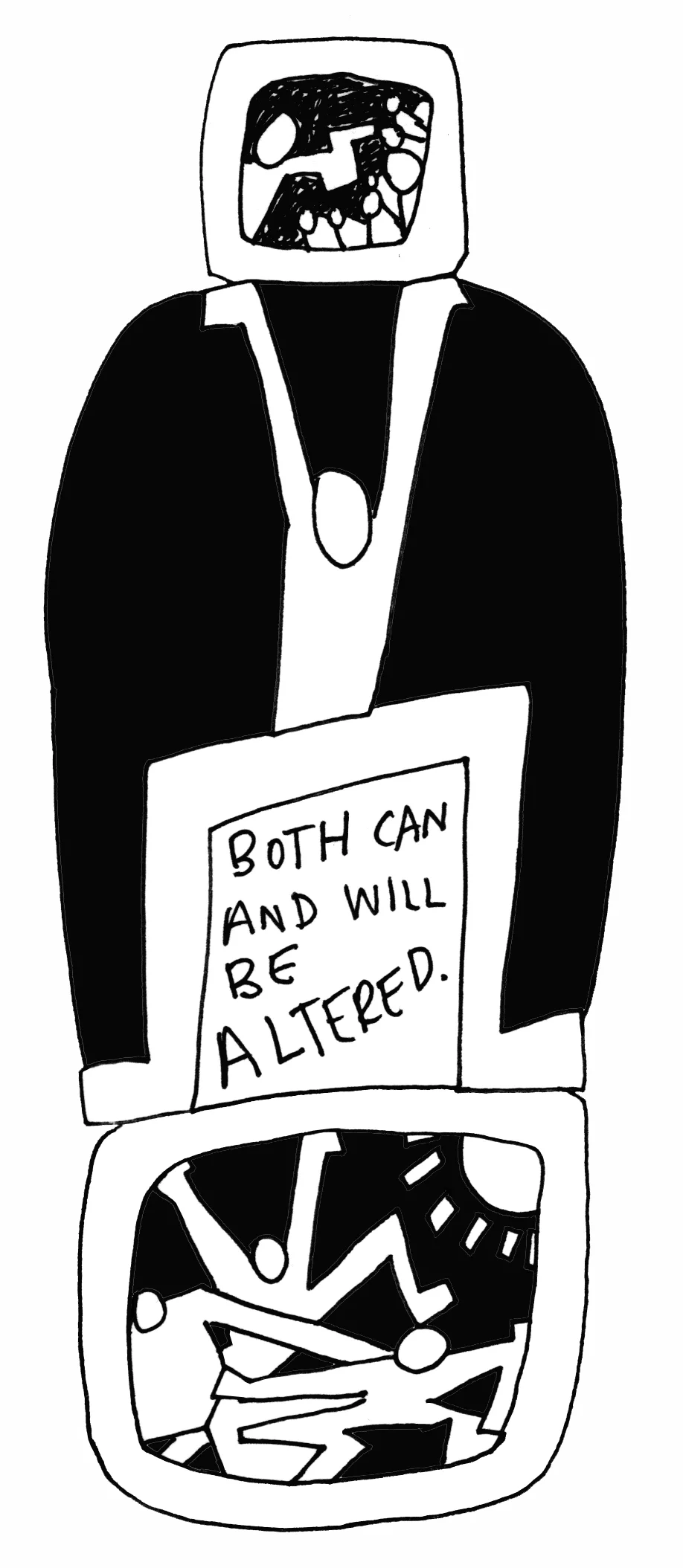This is Chapter 14 from my book, Feldenkrais Illustrated: The Art of Learning. The quotes in this chapter are originally from 3 books by Moshe Feldenkrais:
Body and Mature Behavior: A Study of Anxiety, Sex, Gravitation and Learning, The Potent Self: A Study of Spontaneity and Compulsion, and Embodied Wisdom: The Collected Papers of Moshe Feldenkrais.
You’ll find all the references below.
References
Quotes from Moshe Feldenkrais were taken from the following sources:
Body and Mature Behavior: A Study of Anxiety, Sex, Gravitation and Learning by Moshe Feldenkrais. Copyright © 1949 by Moshe Feldenkrais. Copyright © 2005 by Michel Silice. Reprinted by permission of Frog Books and Somatic Resources, Berkeley, CA.
The Potent Self: A Study of Spontaneity and Compulsion by Moshe Feldenkrais. Copyright © 1985 by Moshe Feldenkrais. Copyright © 2002 by Michel Silice. Reprinted by permission of Frog Books and Somatic Resources, Berkeley, CA.
Embodied Wisdom: The Collected Papers of Moshe Feldenkrais. Copyright © 2010 by Somatic Resources and the Feldenkrais Estate. Reprinted by permission of Somatic Resources and North Atlantic Books, Berkeley, California.
“Correct posture is a matter of emotional growth and learning. It is not acquired by simple exercising or by repetition of the desired act or attitude.” -Moshe Feldenkrais, The Potent Self: A Study of Spontaneity and Compulsion, p. 110
“To every emotional state corresponds a personal conditioned pattern of muscular contraction without which it has no existence.” -Moshe Feldenkrais, Body and Mature Behavior: A Study of Anxiety, Sex, Gravitation and Learning, p. 128
“We cannot become conscious of a feeling before it is expressed by a motor mobilization, and therefore there is no feeling so long as there is no body attitude.” -Moshe Feldenkrais, Embodied Wisdom: The Collected Papers of Moshe Feldenkrais, p. 94
“The earliest interaction of the child with the external world is entirely physical. The earliest emotional movements become, therefore, associated or linked with muscular and postural patterns.” -Moshe Feldenkrais, The Potent Self: A Study of Spontaneity and Compulsion, p. 82
“...we all work out our own ways of holding our breath, of tensing our abdominal walls, of tilting our heads, or stiffening our pelvic joints. That is to say, we acquire our individual manner of doing our personal posture.” -Moshe Feldenkrais, The Potent Self: A Study of Spontaneity and Compulsion, p. 57
“Many people fail to recognize the true cause of their inability or failure. The cause is very often not lack of ability, but improper use of self...” -Moshe Feldenkrais, The Potent Self: A Study of Spontaneity and Compulsion, p. 3
“People slouch or tense their bodies unnecessarily not because there is some nervous deficiency in their systems, but because their means were insufficient at the moment of facing the novel situation.” -Moshe Feldenkrais, The Potent Self: A Study of Spontaneity and Compulsion, p. 55
“Our use of self is as good as our means at the moment permit.” -Moshe Feldenkrais, The Potent Self: A Study of Spontaneity and Compulsion, p. 90
“...posture relates to action, and not to the maintenance of any given position. Acture would perhaps be a better word for it.” -Moshe Feldenkrais, The Potent Self: A Study of Spontaneity and Compulsion, p. 108
“All incorrect acture can be traced back to premature or too violent demands made on the person...The attitude found most frequently is that of insecurity or the masquerade of ignoring it. Physiologically stiffening the body, lowering the head, sinking the chest, contracting and flattening the abdomen—when performed not in the course of a purposeful action, but as acts in themselves—are protective acts. The reactions to falling (protection of the head from overhead threats; protection of the throat, the pit of the stomach, the soft ‘underbelly,’ the genitals) are all produced by flexor contraction and are all effective measures that give a sense of relative security in face of sudden or great danger. They either offer a hard, bony obstacle to the threat, or they withdraw the vulnerable soft organ as far as possible. The flexor contraction is inhibitory to extensors, and insufficient tone in the antigravity extensors is the resultant rule in bad posture.” -Moshe Feldenkrais, The Potent Self: A Study of Spontaneity and Compulsion, p. 121
“Bad posture is the externally observable physical counterpart of internal conflict or contradiction.” -Moshe Feldenkrais, The Potent Self: A Study of Spontaneity and Compulsion, p. 54
“...no voluntary direction can correct bad posture; however, it does change the appearance of the body—not by lifting the contraction that needs lifting, but by enacting a compensatory one. The segment changes its appearance and looks roughly as it should, but not without the strain of voluntary action. By constant vigilance and self-reminding, one learns to maintain two conflicting contractions.” -Moshe Feldenkrais, The Potent Self: A Study of Spontaneity and Compulsion, p. 122
“...we are concerned with acture, and not position, with a manner of doing and not a manner of fixing oneself even if it is in the most perfectly statuesque position.” -Moshe Feldenkrais, The Potent Self: A Study of Spontaneity and Compulsion, p. 207
“In standing or sitting, nothing should be done with any part of the body except standing or sitting. The conscious control should be used to eliminate all parasitic contraction that may linger on from habits inculcated by imitating or complying with dogmatic and rigid people.” -Moshe Feldenkrais, The Potent Self: A Study of Spontaneity and Compulsion, p. 190
“Only by learning to recognize and disentangle motivations through experiencing their effect on the body state and acture can one get rid of compulsion and habitual, machinelike subservience to habit.” -Moshe Feldenkrais, The Potent Self: A Study of Spontaneity and Compulsion, p. 185
“The ability to stop an action, a process, restart it, reverse it, or drop it altogether is one of the finer criteria of proper acture.” -Moshe Feldenkrais, The Potent Self: A Study of Spontaneity and Compulsion, p. 114
“...wars are produced by human beings in the same way as they adopt wretched postures. Both are necessary and serve a very useful purpose so long as we have no other means of achieving the necessary ends.” -Moshe Feldenkrais, The Potent Self: A Study of Spontaneity and Compulsion, p. 61
“Just like the person who adopts a crippling use of her body when confronted with a task for which her previous experience has not equipped her, so does humanity as a whole adopt crippling methods for achieving security. Both show the infantile compulsive behavior of arrested development... both can and will be altered.” -Moshe Feldenkrais, The Potent Self: A Study of Spontaneity and Compulsion, p. 61




























